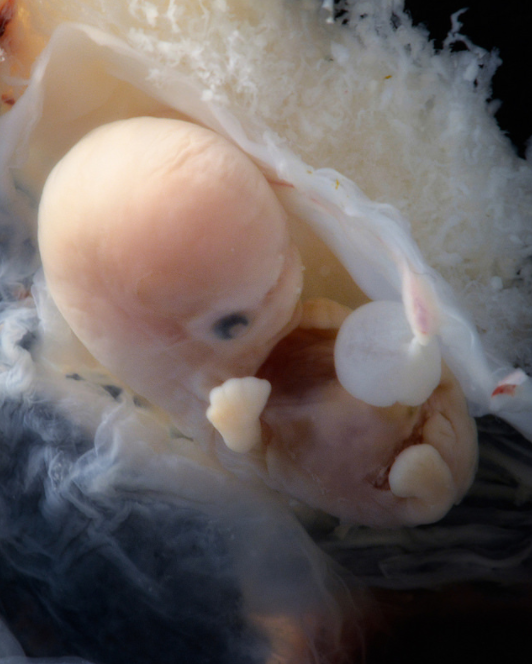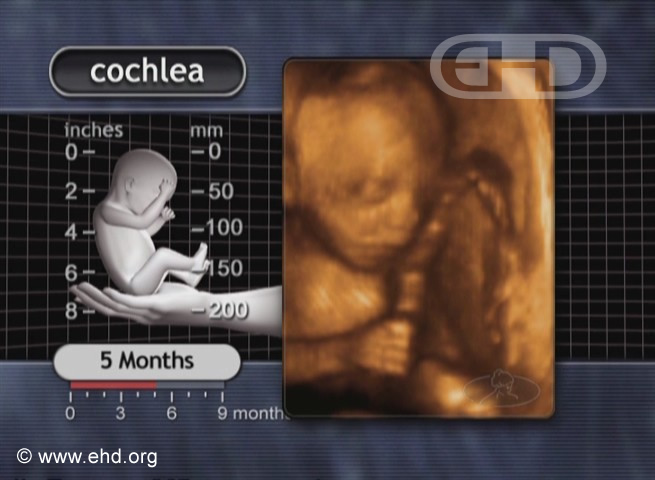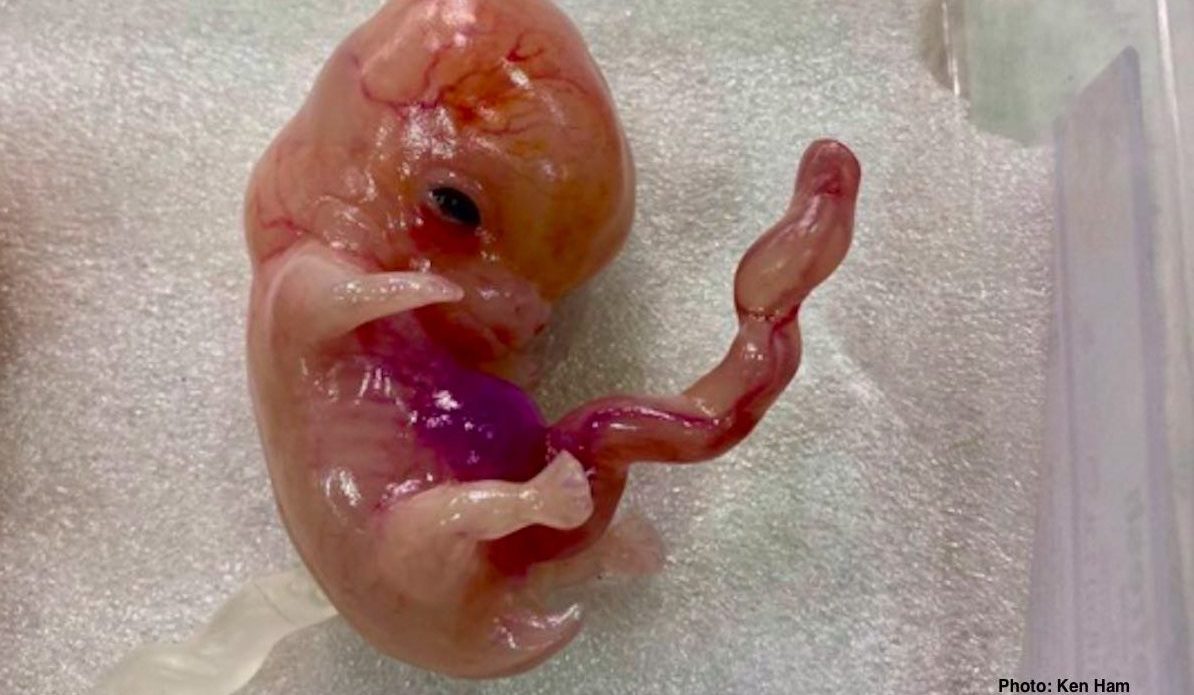A pro-life exhibit is set to be completed by the end of September at the Creation Museum in Petersburg, Kentucky. Set to be named “Fearfully and Wonderfully Made,” its aim will be to educate visitors on life inside the womb with models of human beings from fertilization through all nine months of pregnancy.
The announcement was made by the founder of the Creation Museum, Ken Ham, who also founded the Ark Encounter. Though his beliefs and teachings regarding “young earth creationism” are controversial even among Christians, Ham’s focus with the new exhibit is the development and humanity of preborn human beings, which is an observable science. Life inside the womb is a remarkable and fast-paced adventure and everyday doctors, scientists, and researchers are learning more about human beings in the earliest stages of existence.
It's coming! The "Fearfully and Wonderfully Made" exhibit that will be one of the most powerful pro-life/anti-abortion…
Posted by Ken Ham on Wednesday, July 22, 2020
Fertilization to Seven Weeks
In 2016, scientists announced a “remarkable” breakthrough. They were able to capture that miraculous first moment when life begins: fertilization. At that moment, there is a bright flash of light, and the brighter the light, scientists believe, the better the chances of the new life surviving. As soon as 16-21 days later, that new life has a beating heart, and four weeks after fertilization (six weeks gestation) his brain, muscles, and bones are all developing as well as his nose, mouth, and ears.

A human embryo 6-7 weeks from fertilization. (8-9 weeks gestational age)
Six weeks post-fertilization, brainwave activity has started. By seven weeks, the baby’s hands and feet are distinguishable, the baby’s heart has all four chambers, and the heartbeat peaks at 165 to 170 beats per minute.
Eight to Ten Weeks
By eight weeks post-fertilization, the baby’s neural pathways are forming in the brain, and by nine weeks, all organs and nerves are present. His face becomes more pronounced, his teeth are forming, and his face, hands, and feet are all sensitive to touch. At this age, a preborn child can feel an abortion instrument.
By ten weeks post-fertilization (12 weeks gestational age), the embryonic stage is complete and the child has reached the “fetal” stage. By 11 weeks, his face can make expressions and doctors can tell mothers if the baby is a boy or girl.

11 weeks post-fertilization (13 weeks pregnant).
These weeks are when most abortions take place and abortion businesses convince women that they are “terminating a pregnancy,” not ending the life of a child. But clearly, these are not mere “clumps of tissue;” they are distinct and unique human beings. (Get information about the most common types of abortion procedures here.)
16 to 21 Weeks
At 16 weeks post-fertilization, all joints and limbs are moving and his heart is pumping 25 quarts of blood a day. By 20 weeks, the baby is practicing swallowing and only needs time to grow.

5 months post-fertilization
At 21 weeks gestation (19 weeks post-fertilization), premature infants like Jemarius Jachin Harbor, Jr. are able to survive when given proper medical care — proving that they are very much alive and human inside the womb. Still, abortion is legal for any reason at this age.

screenshot: Fox5 Jemarius Jachin Harbor, Jr. born at 21 weeks gestation
Human beings don’t suddenly become human beings because their bodies move from one location to another. At every stage of development, each person holds the same humanity and worth that he did in the stage before — from fertilization through natural death. The “Fearfully and Wonderfully Made” exhibit aims to show just that.
“Like” Live Action News on Facebook for more pro-life news and commentary!







